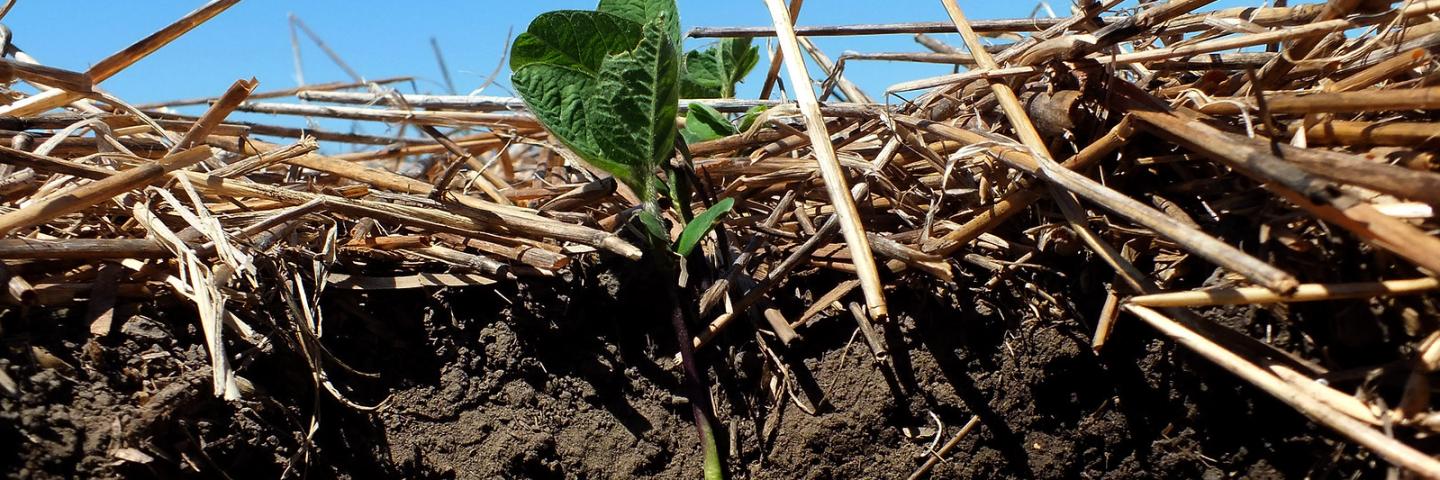
Soil Health Kit Guides and Videos to help teachers and educators implement their soils curriculum.
Soil Health Kit Guides and Videos help teachers and educators implement their soils curriculum. Each guide includes an introduction to the soil property, discussion of the inherent and management factors influencing it, and explanation of the property's relationship to soil function. The educator's guides also include detailed information on a method to measure the soil property and interpretations of the test results. Helpful to educators, the guides double as lesson plans with thought-provoking questions so students can start to apply what they have learned. Videos cover the concepts and soil properties from overview to testing.
Soil health integrates the physical, chemical, and biological components of soil and their interactions. Examine field site or characterization and soil sampling guidelines
YouTube: Overview; Soil Sampling; In Hand Soil Test
Bulk density is an indicator of soil compaction. Determine factors which affect bulk density and soil moisture, soil density problems and its relationship to soil function and measure bulk density and soil moisture.
Soil organic matter is the organic component of the soil. Consider factors that affect soil organic matter, how to manage organic matter in soil, soil organic matter relationship to soil function and test for organic matter in the soil.
Soil respiration is a measure of carbon dioxide release from the soil from decomposition of soil organic matter by soil microbes and respiration from plant roots. Learn factors that affect soil respiration, problems related to respiration, the relationship of respiration to soil function and measure soil respiration.
Soil electrical conductivity (EC) is a measure of the salts in the soil. Examine how to manage soil salinity, factors that affect EC, problems related to EC, the relationship of EC to soil function and measure soil EC.
YouTube: Overview; Test; Sample Prep; EC Probe
Soil pH is a measure of the acidity or alkalinity of a soil. Consider factors that affect soil pH, soil pH management options, the relationship of pH to soil function and measure the pH in soil.
Nitrogen is the most abundant element in the atmosphere and is usually the most limiting crop nutrient. Investigate factors that affect soil nitrogen, nitrogen management and measure soil nitrate/nitrite.
Phosphorus’ primary role in a plant is to store and transfer energy produced by photosynthesis for use in growth and reproductive processes. Analyze phosphorus management practices and test soil phosphate.
Infiltration refers to the soil’s ability to allow water movement into and through the soil profile. Check into management practices that impact infiltration, problems related to infiltration and measure infiltration in soil.
For the complete video series and lesson plans, visit our partner site: CropWatch - Youth Soil Quality Lessons and Videos
Supporting Documents and Videos
YouTube: Overview
YouTube: Overview
YouTube: Overview
(Disclaimer: Trade names are used solely to provide specific information. Mention of a trade name does not constitute a guarantee of the product by the U.S. Department of Agriculture nor does it imply endorsement by the Department or the Natural Resources Conservation Service over comparable products that are not named.)

